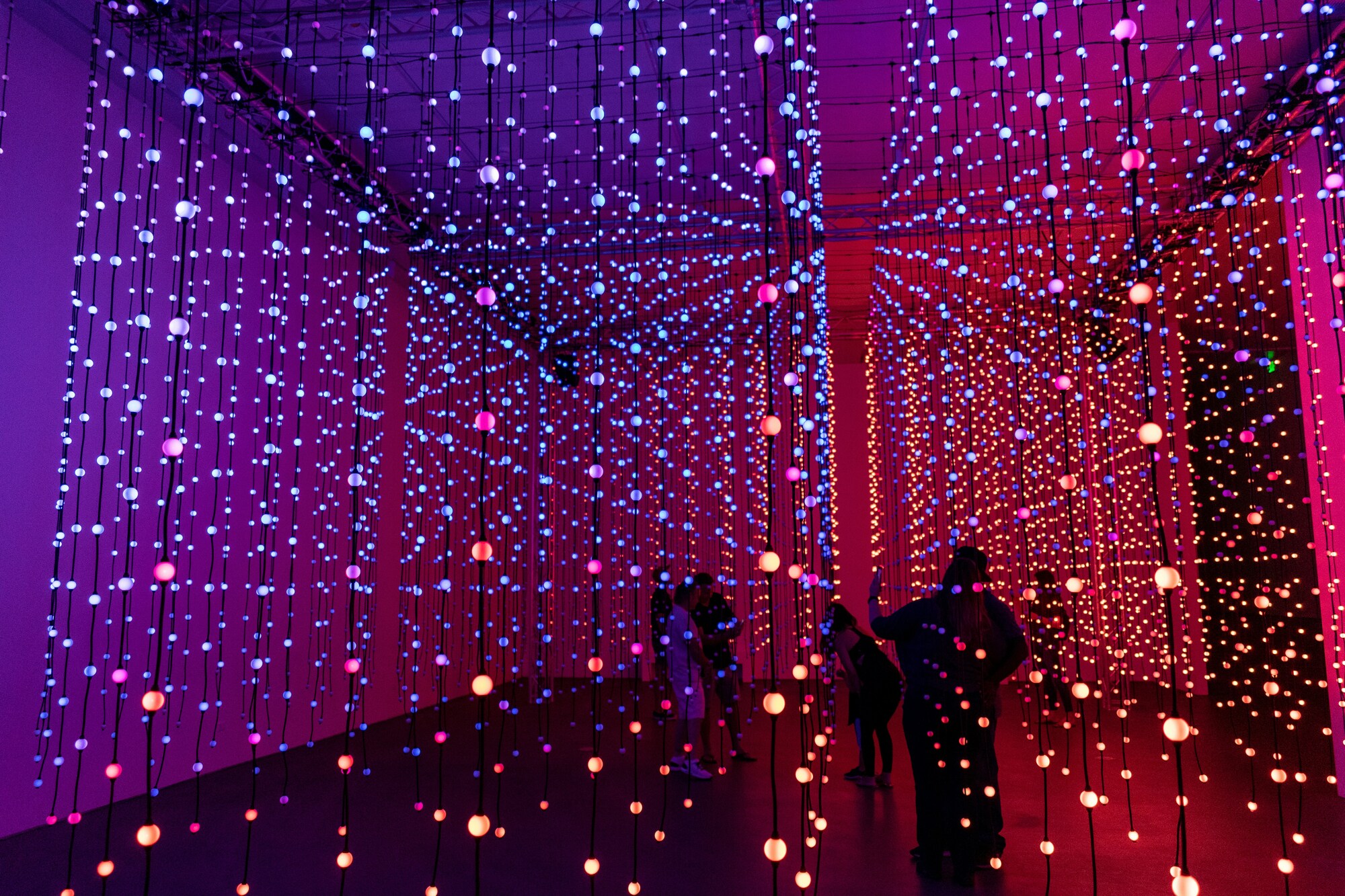Design plays a pivotal role in shaping spatial experiences, influencing how people interact with their surroundings, whether in physical or digital spaces. Thoughtful design extends beyond aesthetics; it dictates functionality, emotional impact, and the overall user experience. In architecture and interior design, spatial planning determines movement, comfort, and engagement within an environment, impacting everything from the efficiency of an office layout to the ambiance of a retail store.
Elements such as lighting, color, materiality, and form contribute to an immersive experience that can evoke emotions, create a sense of belonging, or even encourage specific behaviors. For example, a museum’s design guides visitors through an intentional journey, using spatial hierarchy, lighting, and pathways to enhance storytelling and engagement.
Similarly, in digital spaces, UI/UX design plays a crucial role in creating seamless and intuitive interactions, ensuring users can navigate and engage effectively with virtual environments. In experiential and interactive installations, design can merge technology, storytelling, and spatial awareness to create multi-sensory engagements, making users feel an active part of the experience rather than passive observers.
The role of design in spatial experiences also extends to urban planning, where public spaces, parks, and transit hubs are designed to foster community interaction, safety, and accessibility. By integrating principles of human-centered design, spatial experiences become more inclusive, catering to diverse needs while enhancing usability and comfort.






